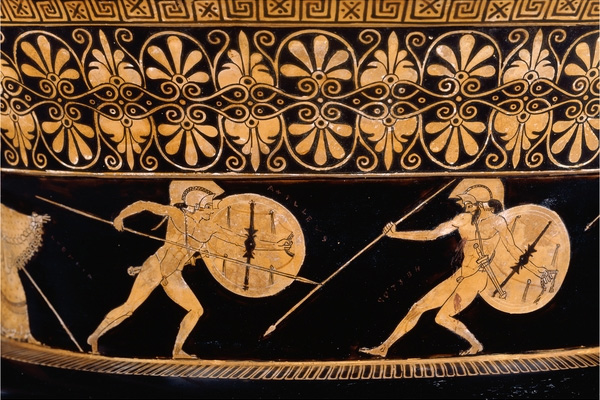Recently I've been putting together ideas for creating an Hoplite kit, but would like to create one in the style of a Athenian nobleman. I'm familiar with the armor, but I am lost when it comes to the rest of the kit :\
From what little research I can find, it seems the Athenians wore blue, rather then red, like the Spartans.I know Spartans were famed for wearing red cloaks, so that they would hide if they were to be bleeding.
So, what could I do to give the appearance of an Athenian nobleman? Below are a few images of what I have found that I like so far.
Also, if anyone knows of craftsman that work in bronze and could post some links, that would be awesome :cool: I've spent a good deal online and I can't find a single craftsman that makes the armor or weapons.
Thanks in advance!
-Reece

[ Download ]
[ Download ]
